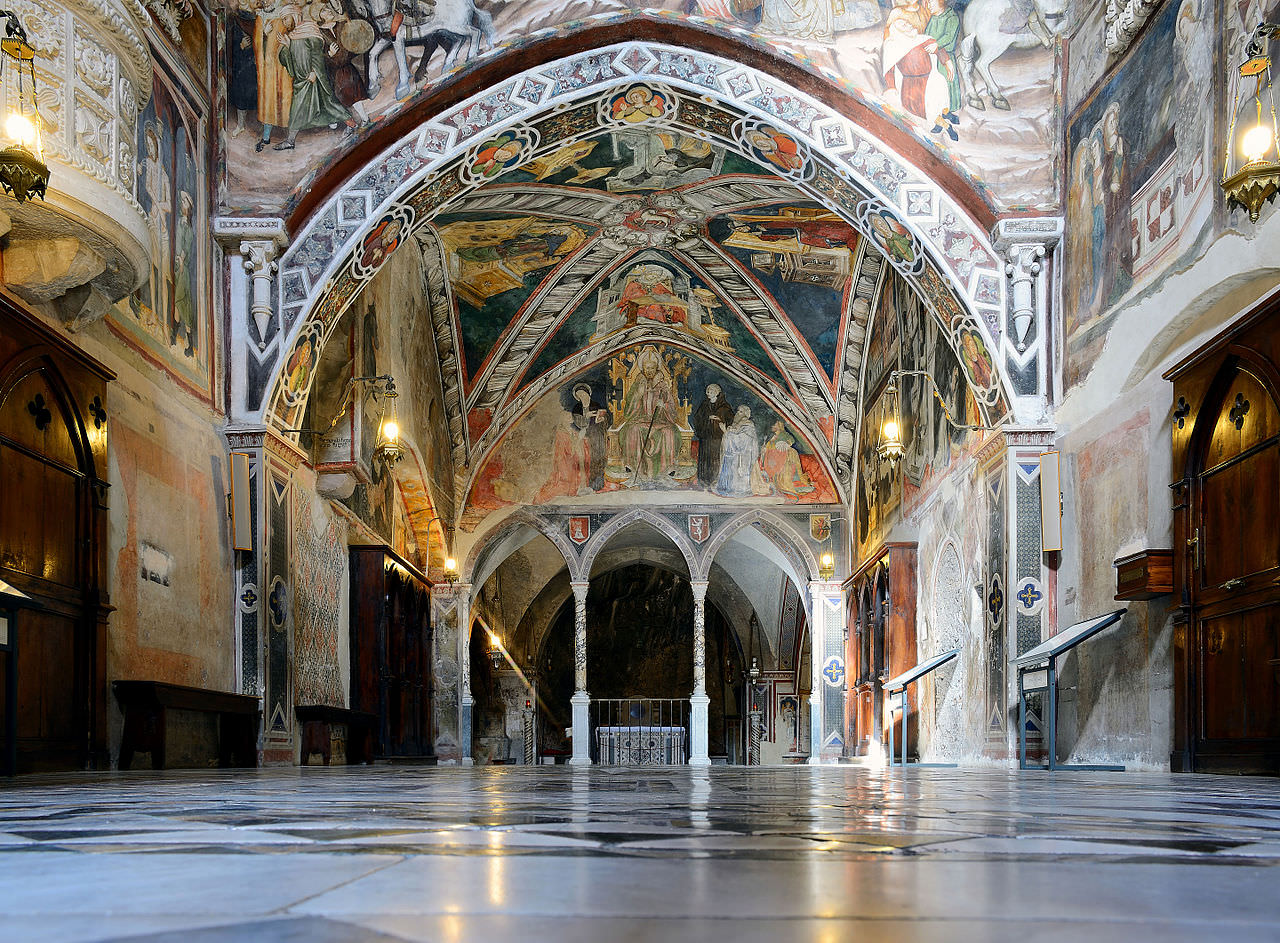Medieval Europe was in its most distinctive phase as a distinctively Western civilization, with many shared values that gave it some temporary intellectual unity and separated it from other civilizations. The European economy and population began to expand in the eleventh century.
New technology such as the windmill and the heavy plow led to increased food production. Towns grew with increased trade and the growth of a money economy. The role of women improved, as more women came to be educated and to control property.
The church was the most important institution, political as well as religious, in society. Church reforms in the eleventh century strengthened the papacy in its relations with secular powers. Some historians believe that the medieval papacy sought to achieve a papal monarchy that would dominate the temporal as well as the spiritual government.
The Saxon emperors first sponsored church reform, but later clashed with the papacy over the investiture of bishops and the emperors’ attempts to dominate Italy. The church emerged victorious from this struggle, but with diminished prestige and power.
The emperors failed to develop a strong government in either Germany or Italy, thus both areas were divided into petty, frequently quarrelsome, local states.
The need to reform was constantly felt in the medieval church. New religious orders—Augustinians, Cistercians, Dominicans, Franciscans—were founded to fill this need.
The church alone directed and conducted education. Medieval universities developed from schools attached to cathedrals.
Medieval thinkers sought to construct systems of thought that would have universal applicability. Nominalists opposed realists in the issue of whether universal categories could exist. The dominant approach to philosophy—Scholasticism—was primarily concerned with proving the existence of God. The leading Scholastic thinkers were Anselm, Albertus Magnus, and Thomas Aquinas. John of Salisbury’s organic social theory adapted Scholastic thought to politics. Mystics distrusted human reason and relied on divine inspiration to achieve union with the divine.
The Romanesque style gave way to the Gothic in the twelfth century, and Gothic dominated down to the fifteenth. Among its greatest achievements are the cathedrals of Chartres, Notre Dame in Paris, Rheims, and Amiens. The Florentine architect, sculptor, and painter Giotto best bridges the styles of the late Middle Ages and the Renaissance that was to follow.

